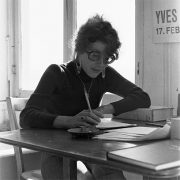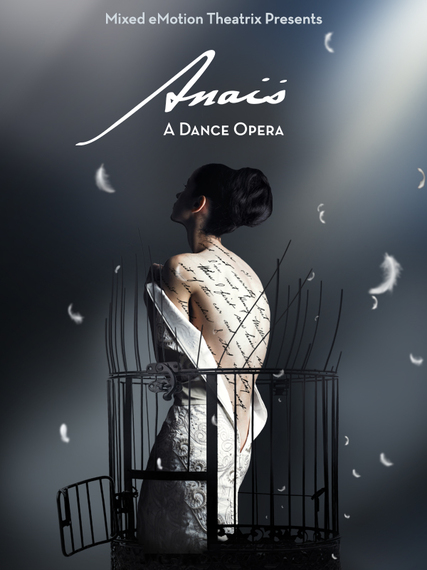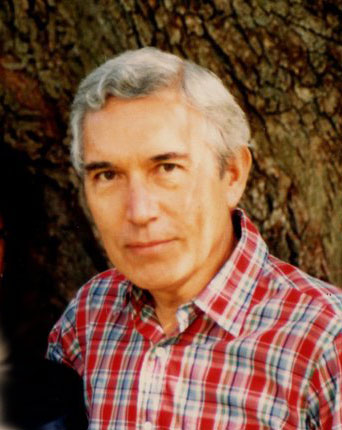Having recently been interviewed on how to structure travel memoir so it might interest someone besides one’s Facebook or Instagram fans, I dug out an essay I wrote back in the day when CAS stamped and snail-mailed a “First Person” quarterly to donors. Here for this digital medium’s brevity demands, is a new, short version:
We’ll be leaving the Hilton immediately and with it all glossy travel articles that are really an indirect form of advertising. Semi-promotional travel writing has nothing to do with the exploration of self that we’re pursuing in literary travel memoir.
So let’s pause here for the first rule before taking off on a narrative journey: SET UP A DESIRE LINE. What is your dream about your intended adventure? What are you hoping for? For instance, in two of the early bestselling travel memoirs, Peter Mayle, A Year in Provence and Frances Mayes, Under the Tuscan Sun, the desire is the wish to fit harmoniously into the foreigners’ land. The conflict is between the expectations and values of Brit. Peter Mayle and his wife vs. those of their French neighbors, and between American Frances Mayes and her husband vs. those of their Italian neighbors. Both travel memoirs use the rhetorical device of comparison/contrast throughout, “We do it this way at home, so we were (surprised, annoyed, delighted, mystified) when they…” Whether it’s between home and foreign land, between the last town or country and the next, or between one’s expectations of a place and the reality, comparison/contrast is a welcome alternative to a mere chronology of sites and events.
Paul Theroux uses comparison/contrast in his 15 travel memoirs, though it seems he is not comparing the exotic locations he visits with the New England he calls home, so much as he’s measuring everywhere against some Platonic ideal of his own, producing his characteristically grouchy criticalness. Personally, I like his curmudgeonly judgments. As Dorothy Parker said, “If you can’t say anything nice, come sit by me.” He makes me laugh when he calls the much-heralded genre of Adventure Memoir, “stunt and ordeal books,” and points to such unworthy examples as “Skiing Down Everest” and “Survive! 116 Days in a Rubber Dinghy.”
Still Theroux himself is not above adapting the Adventure Memoir formula to his less strenuous travels. The formula is simple: The desire line is stated in the beginning as the stunt to be achieved or difficult destination to be attained. Theroux begins his books by stating at the beginning his ultimate destination, say the southernmost tip of the Americas in Old Patagonian Express and the stunt, to get there entirely by rail. Once his goal is established, we are lured to chug along towards it with him. His desire to reach Patagonia is not the core of his work, though; it only provides a frame, and his structure is quite episodic; each chapter dealing with a different country through which he passes (or province in the case of Riding the Iron Rooster, by Train through China.) The ever-moving trains, however, create a dramatic tension of time always running out. Can he have the right encounters, see the right locations, find the right sense impressions, details and signifiers to reveal the heart of a country before it is too late and he has been delivered to the next?
In the right hands, the adventure/stunt travel memoir transcends its formula, as in the bestselling adventure memoir by Jon Krakauer, Into Thin Air. Krakauer sets up at the beginning the goal: for the team to win a climbing race to the top of Everest, both difficult destination and stunt, and through the use of narrative devices, scenes, dialog, character arcs, and dramatic structure, he pushes his adventure/disaster memoir into the complex territory of the adventure novel.
In my attempt to be brief, however, I’m going to fly over all else I originally wrote about travel adventure and land in a territory that is as old as Chaucer’s Wife of Bath’s Tale and as newly successful as Elizabeth Gilbert, Eat, Pray, Love and Cheryl Strayed, Wild. The protagonist-narrator begins with a broken heart and travels in search of being healed by a new form of love. It is a Grail Quest in which the physical journey and dramatic structure are one and the same. It begins with the protagonist/knight called to the heroic quest because the kingdom is sick and dying, a wasteland. So the knight sets out on a journey with his goal set: to find the chalice to heal the kingdom. This is travel memoir as self-therapy. Our soul is sick and we instinctively know that we must travel to renew it. Jean Shinoda Bolen, M.D. makes the Grail Quest analogy explicit in her travel memoir Crossing to Avalon in which, after her divorce, she sets out to visit goddess sites, the labyrinth at Chartres, the ancient remains at Glastonbury, Iona, and others in search of midlife renewal. Her realization at the end, the boon of her efforts, her symbolic feminine chalice is- Eureka!- the importance of autobiographic stories:
“If the Goddess is to return to the world as the Grail that will heal the patriarchy, if the Goddess is to come into human consciousness as an awareness of the sacred feminine in her myriad expression, if the Goddess is to emerge in time, she will do so because women and men tell what they know…a critical number of us have to tell the stories of our personal revelations and transformations.”
As a writer, unfortunately, Bolen forgets the small details that let us feel through the five senses what she experienced, the sand in the nostrils, the forest of blue fungi on wet boots. So let’s jump half way around the world to Australia and the late Bruce Chatwin, an author who combined Paul Theroux’s talent for dramatizing small oddities that best convey place with Bolen’s spiritual depth. Chatwin’s The Songlines is at once travelogue, memoir, anthropology, history, philosophy, science, meditation, commonplace book and novel. When asked what genre he was writing Chatwin laughed; he didn’t care. He wrote in scenes with dialog that are novelistic and develops a cast of continuing characters whose stories we follow. The desire/goal Chatwin sets up at the beginning of The Songlines is philosophic, rather than topographic, and certainly not a stunt. “My reason for coming to Australia,” he states, “was to try to learn for myself, and not from other men’s books, what a Songline was – and how it worked.” From reading his book, we come to understand what a Songline is as he did, and by the end we realize that he has given us a Songline, an irregular, zigzag structure from one inauspicious gully to petrified tree trunk that has connected us to the spirit of the earth through story. The boon for me as reader, as for him as writer, is a concept: that the Australian aboriginals don’t have our concept of private property. You can’t buy their land for money; the land is a sacred trust from the ancestors to be preserved as it was created. A piece of land belongs to the person who knows its story. What an idea!
I want to bring it home as we jet back to the U.S.A. and I return to my half-acre of hardscrabble California land. If we lived in a world where stories rather than dollars were the currency, my friends and I would be rich! Libraries would be our banks, and the title to a house could be followed by reading the memoirs of the people who had lived there!
As I open my gate to my yard of weed choked orange trees and roses, I am changed from reading The Songlines, my passions stirred in a way that alters my vision. As writers this is what we all hope to achieve with readers, in travel memoir as in other forms of autobiographic writing. Chatwin achieved it by doing what every hero of a story is supposed to do: follow his quest with dedication. He gave to his stated desire his senses, his memory, his classical education, his unconventional association of ideas. For what matters is not so much where you travel, but the eyes and ears, the mind and voice that you bring to the journey. What matters is that the reader can also bring home the boon, the realization, the change in your values and in you, your inner journey, whether or not it was the fulfillment of what you set up as your goal/desire in the beginning — i.e., your story.
 When I got back to my home in Los Angeles, I climbed a stepladder to reach the high shelf where my diaries from the ‘60’s and 70’s moldered. I had written those diaries for my older self to read, and now I was my older self. With maturity, though, I’d developed a prudishness that disowned the young woman who had scribbled those journals. As I hoisted down a Hippyish handmade volume with wooden-covers, I dreaded what I’d find. Only a quarter of the way through that fervent diary I had to put it aside, nauseated.
When I got back to my home in Los Angeles, I climbed a stepladder to reach the high shelf where my diaries from the ‘60’s and 70’s moldered. I had written those diaries for my older self to read, and now I was my older self. With maturity, though, I’d developed a prudishness that disowned the young woman who had scribbled those journals. As I hoisted down a Hippyish handmade volume with wooden-covers, I dreaded what I’d find. Only a quarter of the way through that fervent diary I had to put it aside, nauseated.



 Anaïs Nin introduced me to John Ferrone, her Harcourt Brace Jovanovich editor, at her Silverlake, California house where she lived as the wife of Rupert Pole. John, a New Yorker, knew her other husband, Hugo Guiler, as well, and was privy to the secret of Anaïs’ double life. As one of the most grace-full men I have known, both in his manner and his movements, he was at ease in the world of sexual/emotional discretion. He’d lived the life of an undisguised gay man of 1950’s New York, and it was a world he negotiated with integrity and subtlety.
Anaïs Nin introduced me to John Ferrone, her Harcourt Brace Jovanovich editor, at her Silverlake, California house where she lived as the wife of Rupert Pole. John, a New Yorker, knew her other husband, Hugo Guiler, as well, and was privy to the secret of Anaïs’ double life. As one of the most grace-full men I have known, both in his manner and his movements, he was at ease in the world of sexual/emotional discretion. He’d lived the life of an undisguised gay man of 1950’s New York, and it was a world he negotiated with integrity and subtlety.